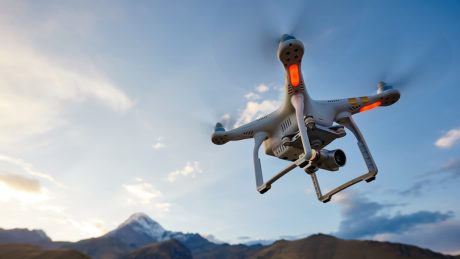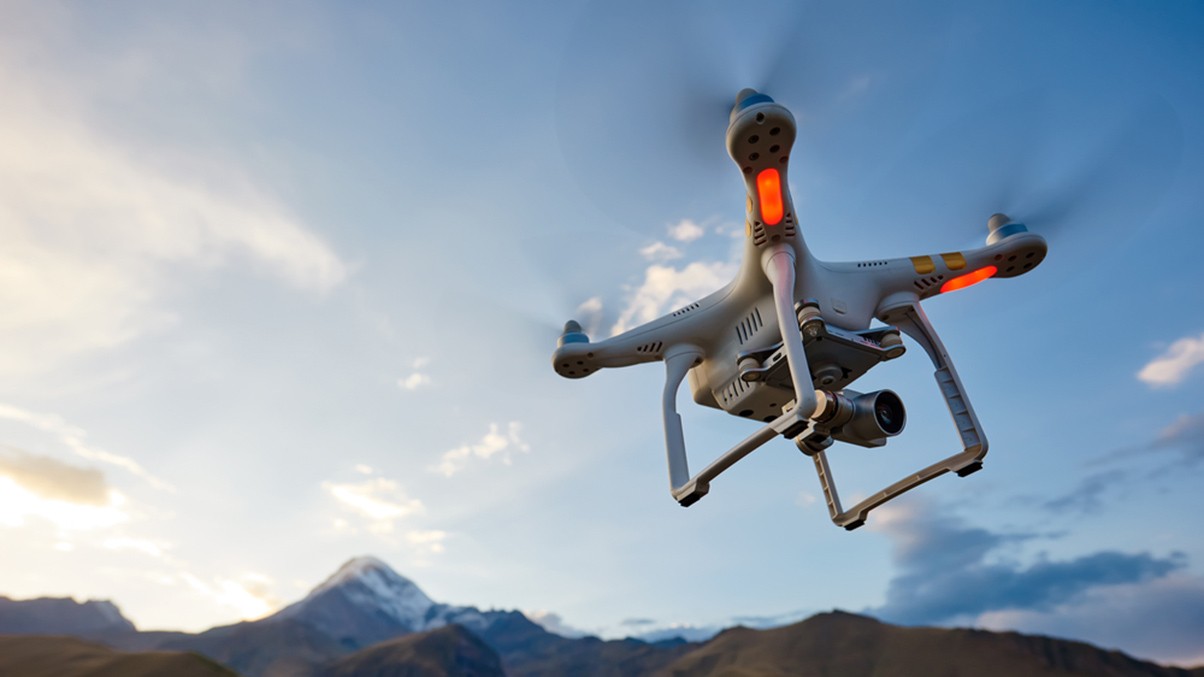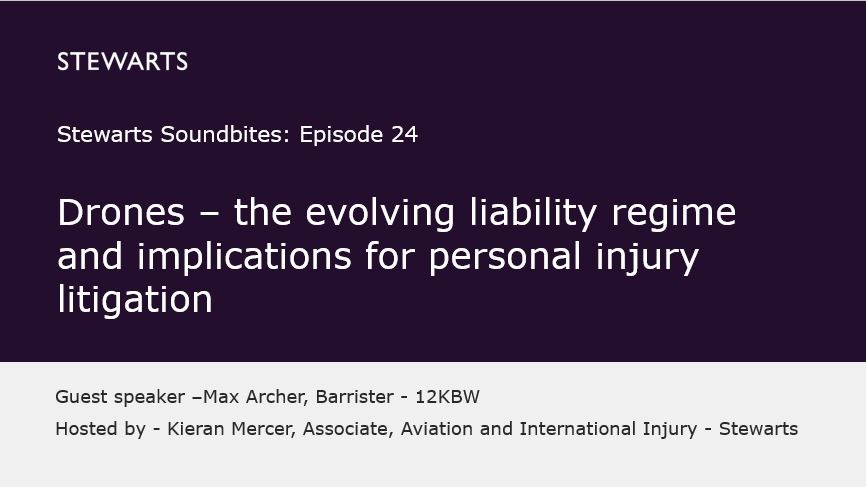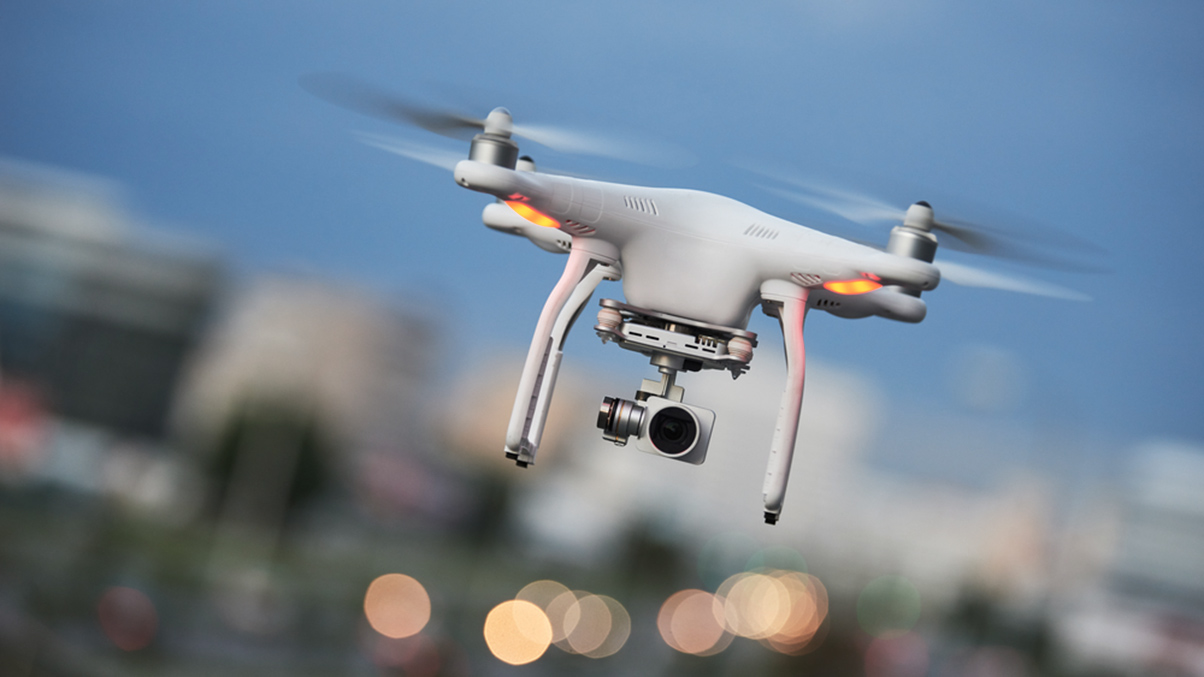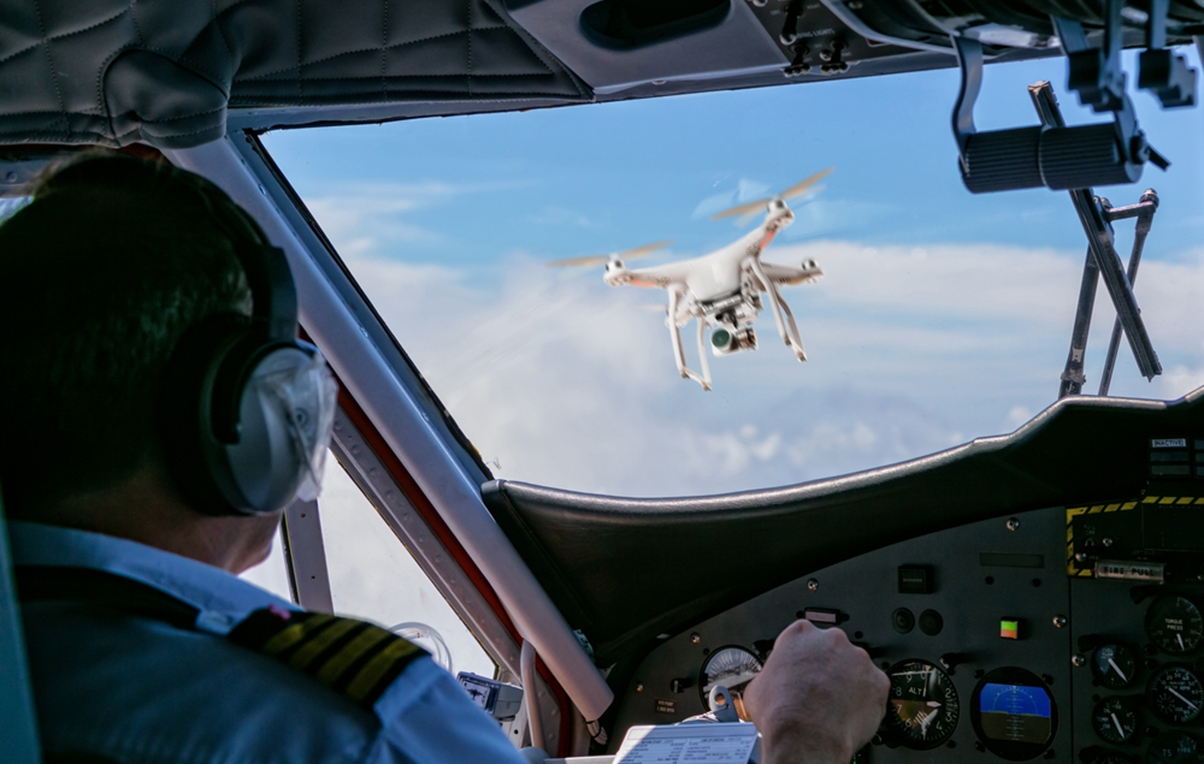Peter Neenan, together with Max Archer of 12KBW, recently wrote for The Journal of Personal Injury Lawyers (JPIL) about the liability framework that would apply following a drone accident that caused personal injury or death.
In the article, Peter and Max set the scene by reference to a December 2019 drone accident investigated by the AAIB (Air Accidents Investigations Branch), with the final report stating:
“In June 2020, the AAIB released a report into a drone accident that took place in December 2019 involving a DJI M600 Pro Drone, a large quadcopter weighing 12.8kg. The drone was being used for commercial purposes, namely to survey a construction site in Wallsend, Cumberland. It was operating in automated flight mode when interference with the satellite navigation signal caused the drone to revert to manual flight mode. Ordinarily this would mean the drone would hover in place before being manually landed by an operator, however, the operators did not respond fast enough and a 15mph wind took the drone out of sight. The drone drifted a few 100 metres before striking a house and falling into a garden. The image of the crashed drone shows a drone 4–5 feet across partially embedded into the grass of a domestic garden.
The AAIB concluded as follows:
‘The DROPS analysis indicated that a mass of more than 2 kg falling from the roof of the house could have resulted in a serious or even fatal injury to people if they had been struck. The aircraft mass, at 12.8 kg, was well in excess of this figure and therefore it is very likely that serious injuries would have occurred even if the person struck was wearing a hard hat for protection.’
This incident amply demonstrates the personal injury risk posed by drones. Peter and Max set out the nature of that risk in a world in which drone use is becoming ever more common. By considering the variation in the frequency of drone accidents, analysing cause data, and extrapolating for future projections for drone use as well as the technological and regulatory challenges they are able to form a view on how that risk will develop in the coming years. The article goes on to discuss research into the types of injuries caused by drones and the factors which influence the severity of injury. Finally, the article considers the liability framework, potential defendant parties and the issues and challenges that may arise.
The article goes on to cover the personal injury risks and the liability framework. A full copy can be accessed here (subscription required).
You can find further information regarding our expertise, experience and team on our Aviation pages.
If you require assistance from our team, please contact us or alternatively request a call back from one of our lawyers by submitting this form.
Subscribe – In order to receive our news straight to your inbox, subscribe here. Our newsletters are sent no more than once a month.

